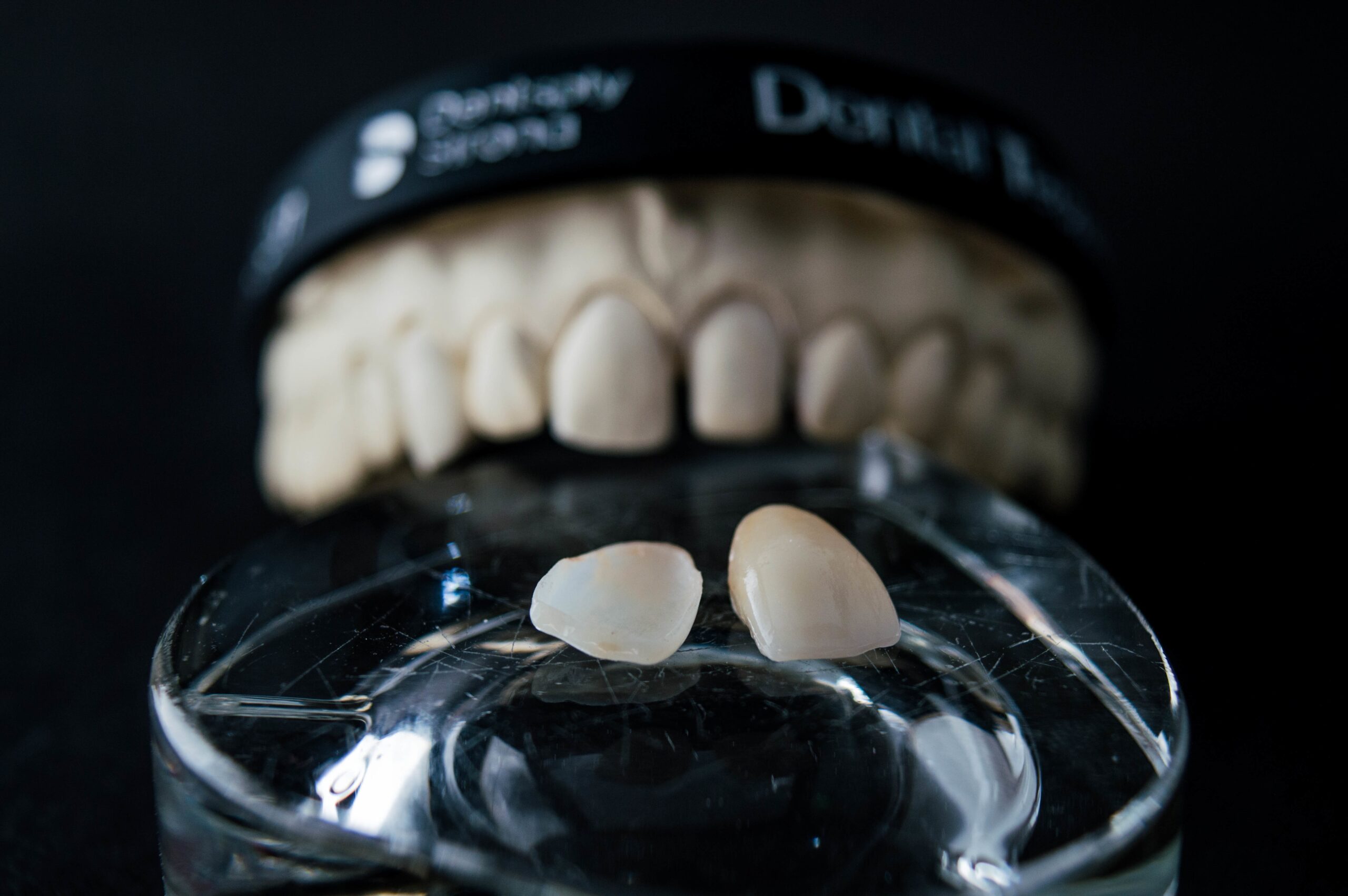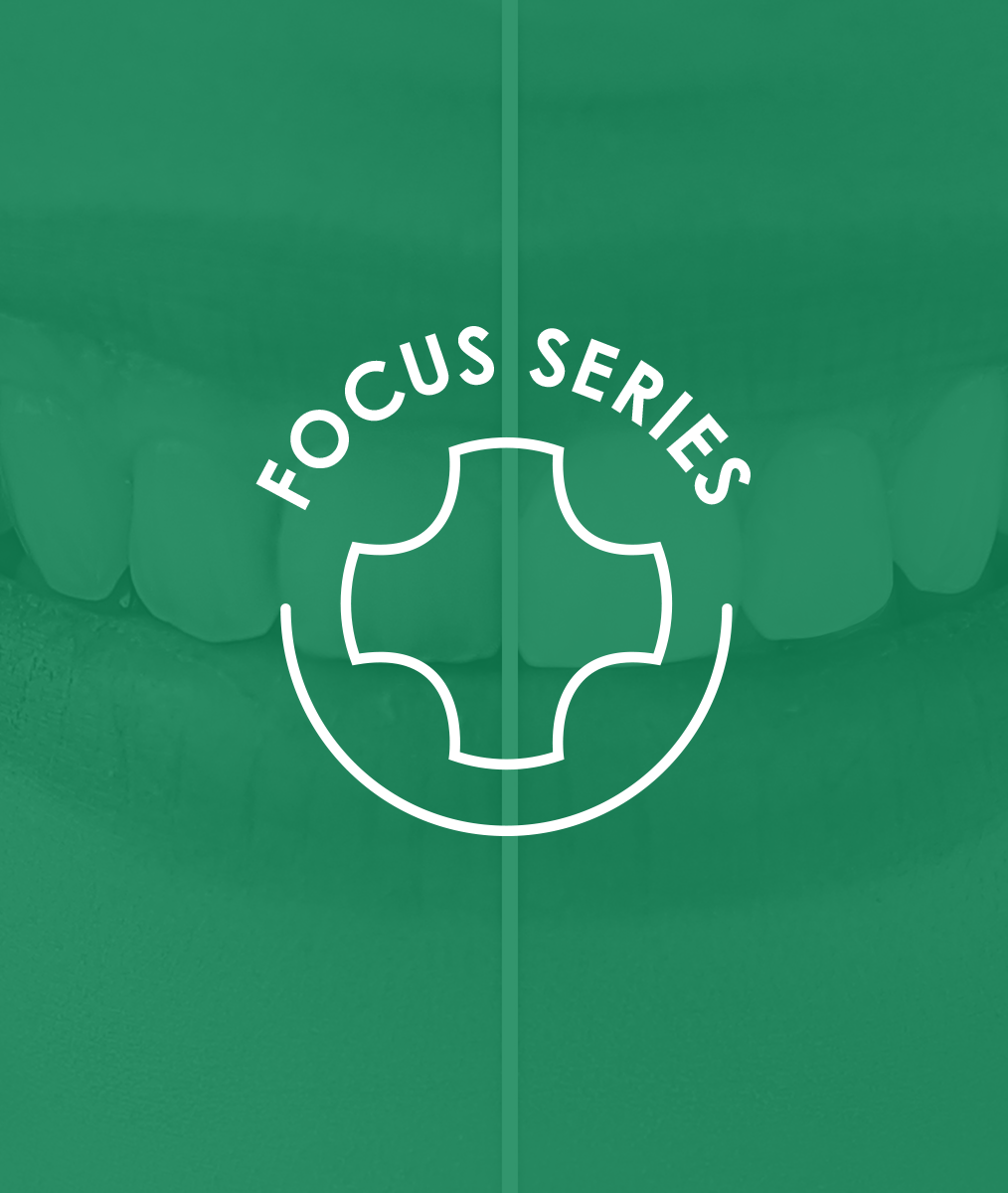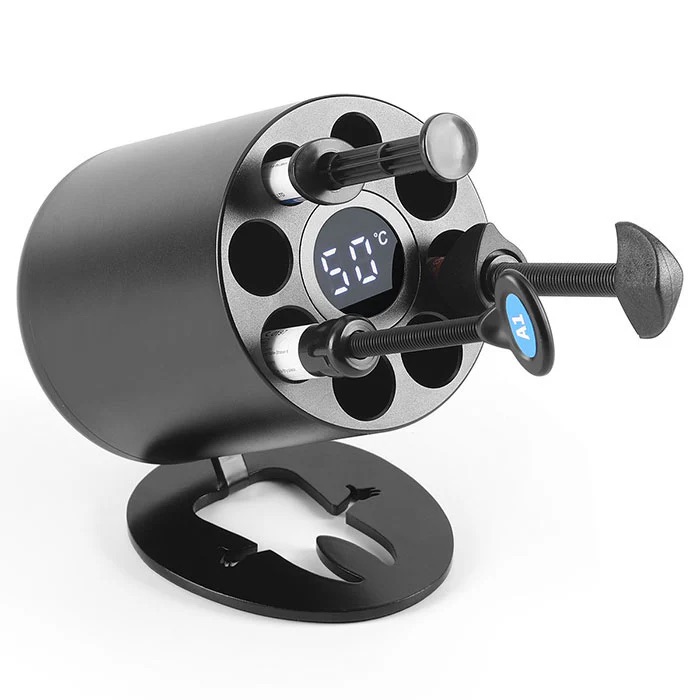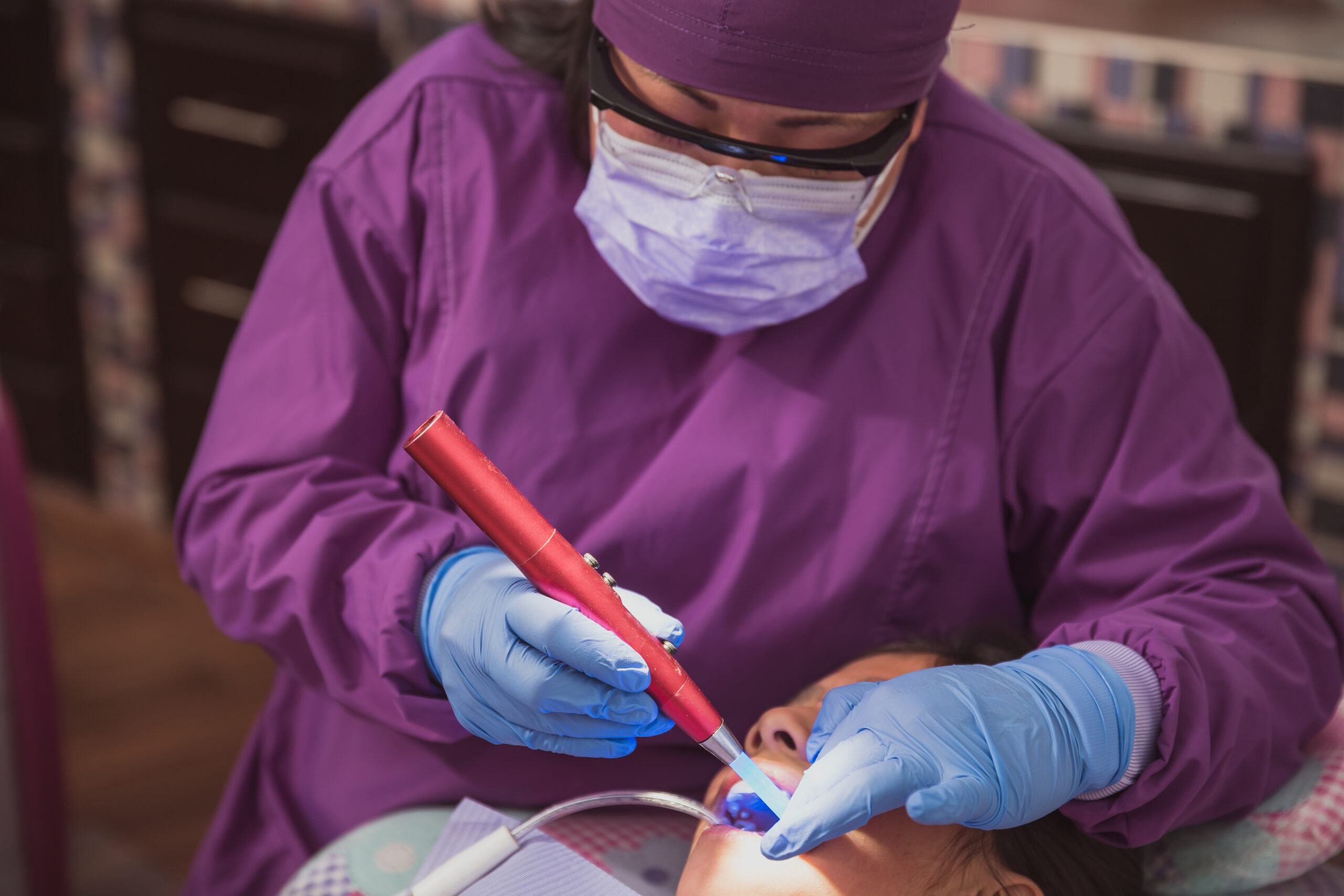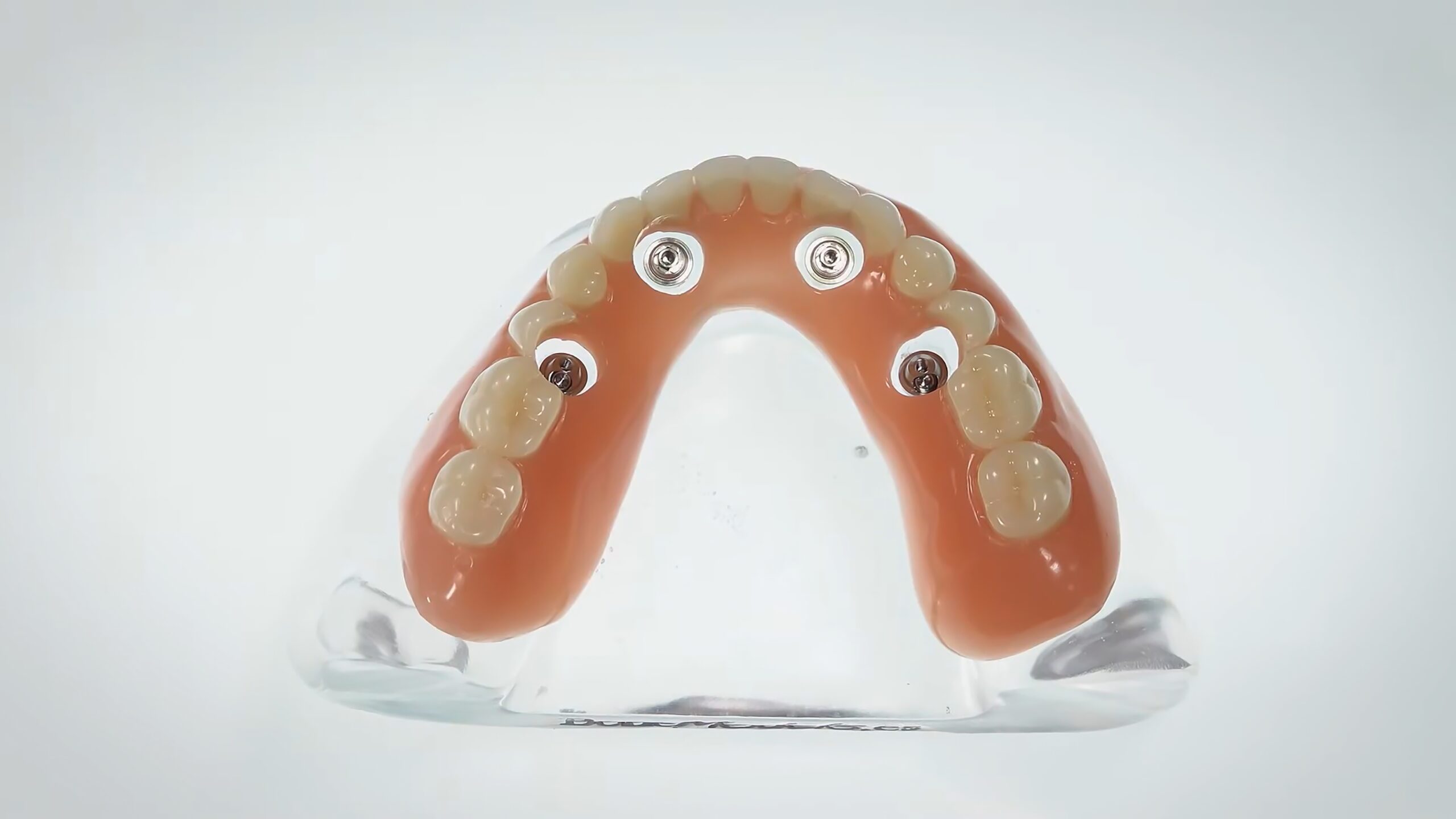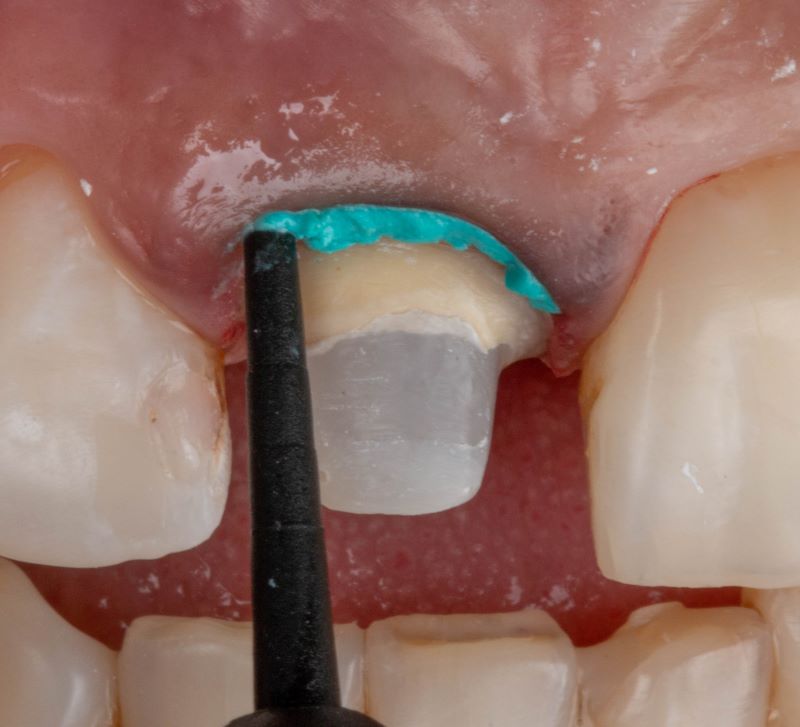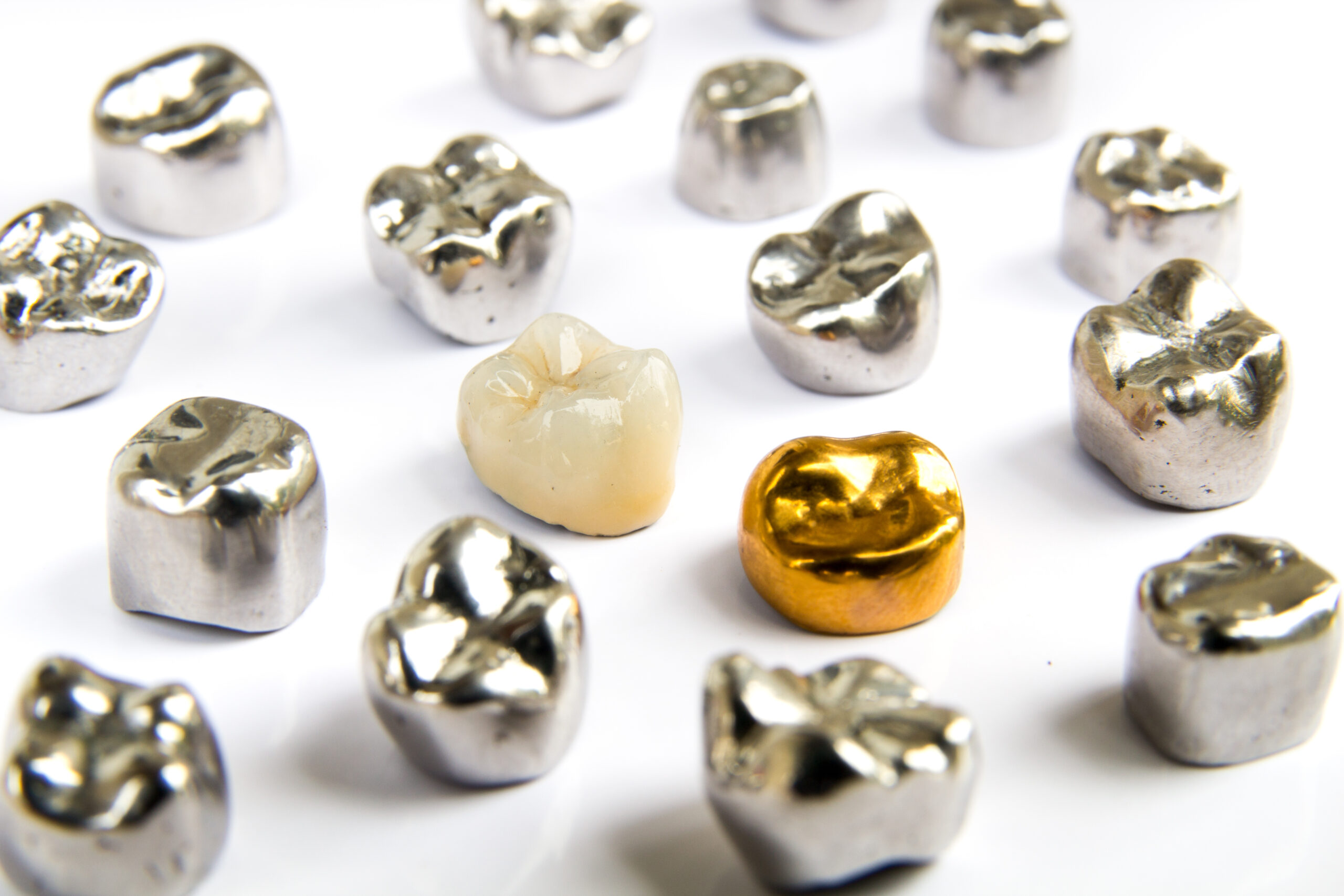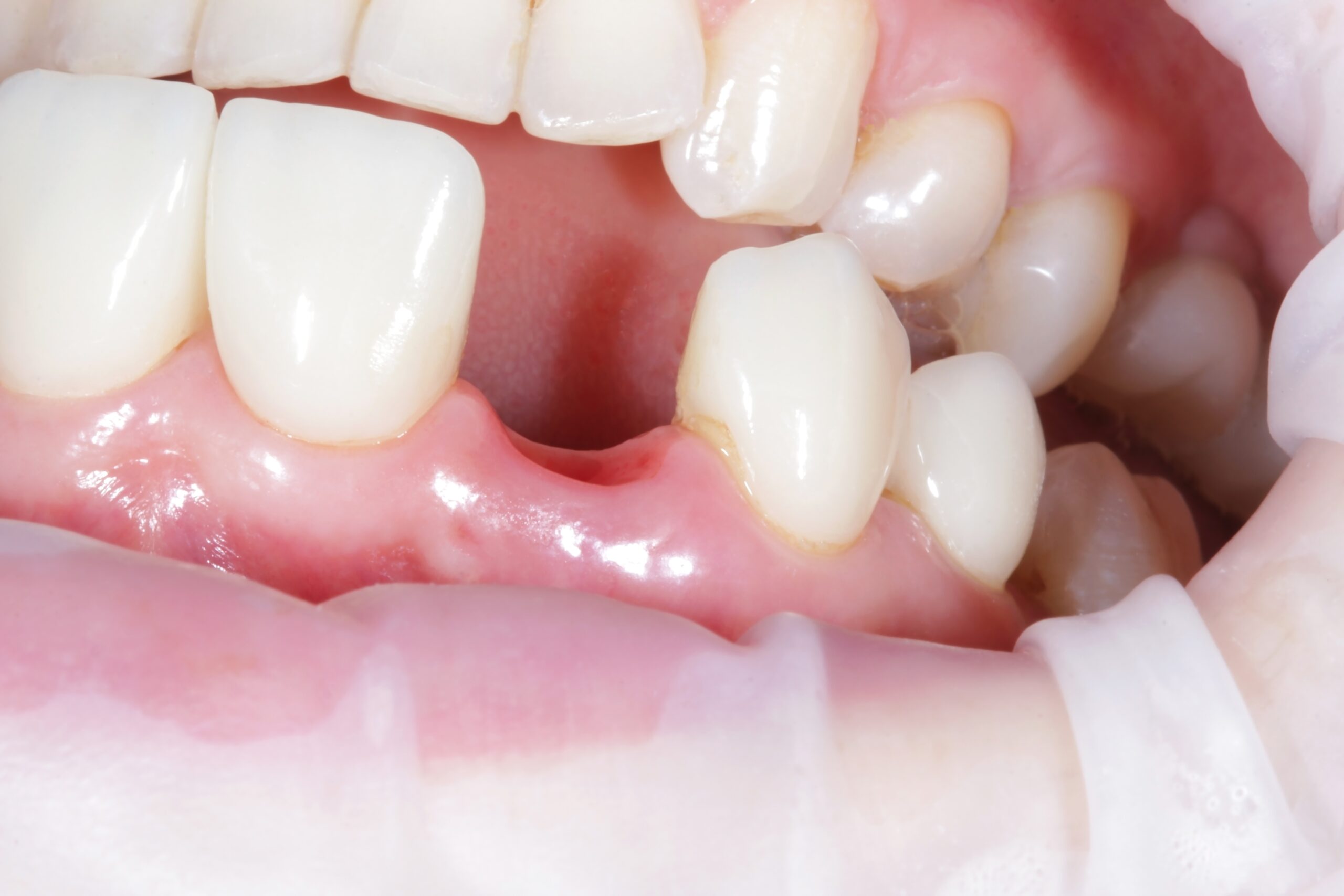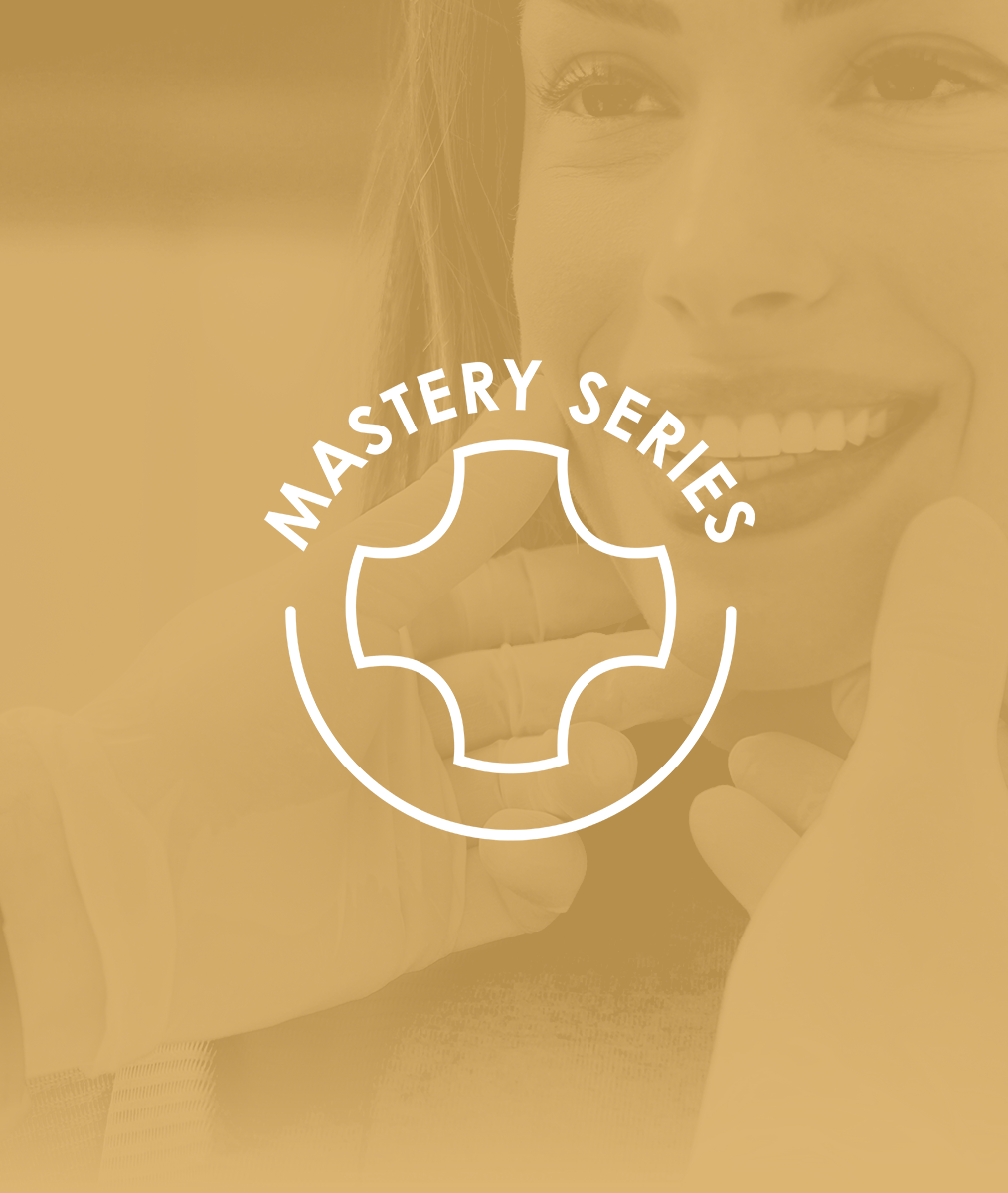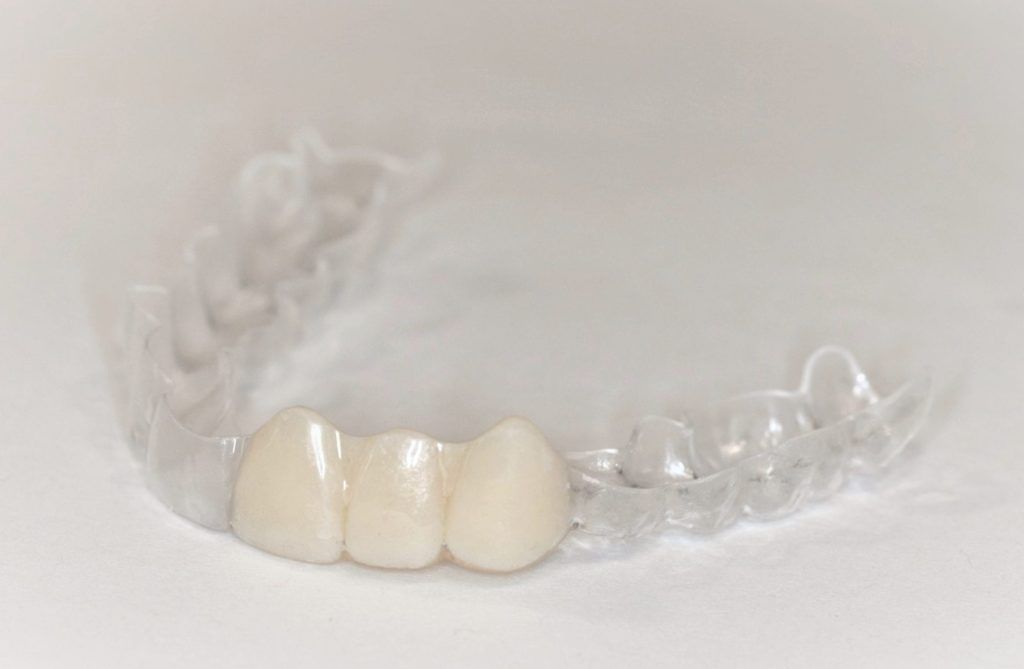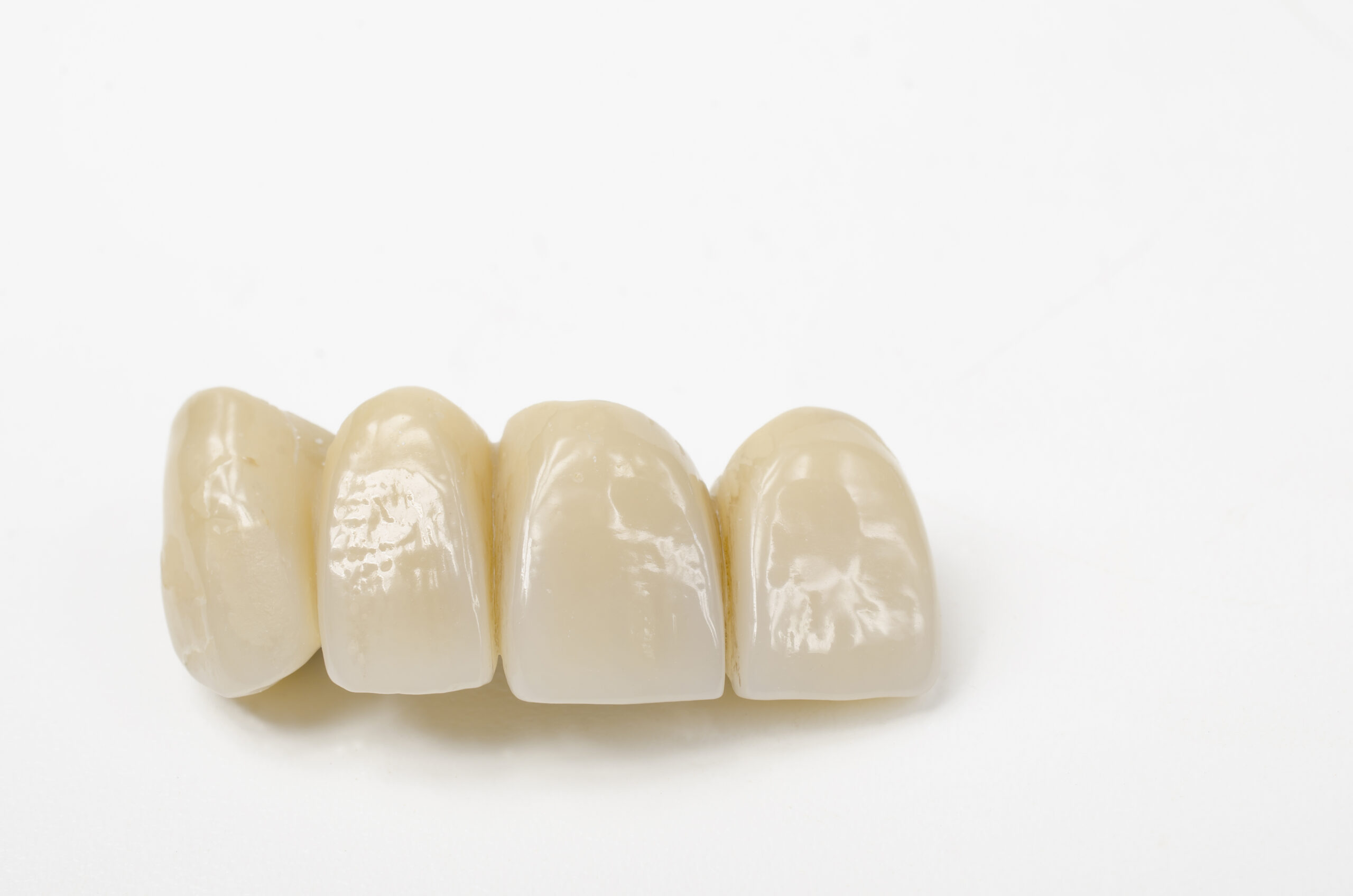Ergonomic Loupes: A Game-Changer for Dental Longevity
By Lee Ann Brady, DMD
As a dentist, I’ve always been dedicated to providing the best possible care for my patients. But over the years, I realized that I needed to prioritize my own well-being as well. One area that had been taking a toll on my body was ergonomics. I’d noticed how some of my colleagues were using ergonomic loupes and seemed to be much more comfortable and less fatigued.
At first, I was hesitant to invest in new equipment. I had a perfectly good set of loupes that I’d been using for years. But after experiencing increasing pain in my neck, shoulders, and back, I knew I had to make a change. I finally decided to take the plunge and purchase a pair of ergonomic loupes. There are multiple brands, but I happened to buy mine online from a company called LumaDent. I have their lights, and I happen to love their products and their customer service.
The Learning Curve
I’ll admit, there was a bit of a learning curve. It took some time to get used to the new positioning and magnification. But once I got the hang of it, I was amazed at the difference it made. I could sit up straighter, my neck and shoulders felt less strained, and I was able to see my work more clearly.
The Benefits of Ergonomic Loupes
- Reduced Physical Strain: Ergonomic loupes are designed to minimize neck, shoulder, and back strain by allowing you to maintain a more upright posture.
- Improved Vision: These loupes offer better magnification and lighting, reducing eye fatigue and improving the accuracy of your work.
- Enhanced Patient Care: When you’re comfortable and focused, you can provide higher-quality care to your patients.
- Increased Career Longevity: By reducing the physical toll of dentistry, ergonomic loupes can help you maintain a long and fulfilling career.
One of the biggest benefits I’ve noticed is that I’m able to focus on my patients for longer periods without feeling exhausted. When I’m comfortable and pain-free, I can provide better care and have more energy to connect with my patients.
I believe that ergonomic loupes are a game-changer for dentists who want to protect their health and prolong their careers. If you’re struggling with pain or fatigue, I highly recommend giving them a try. It might just be the investment that helps you enjoy your practice for many more years to come.








